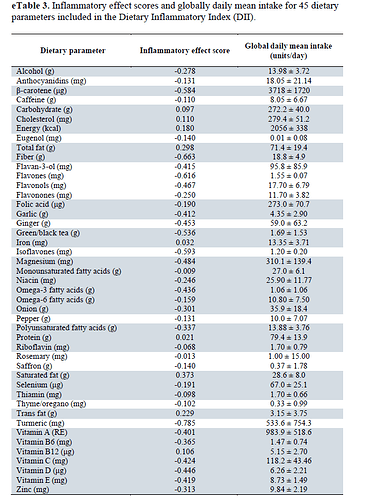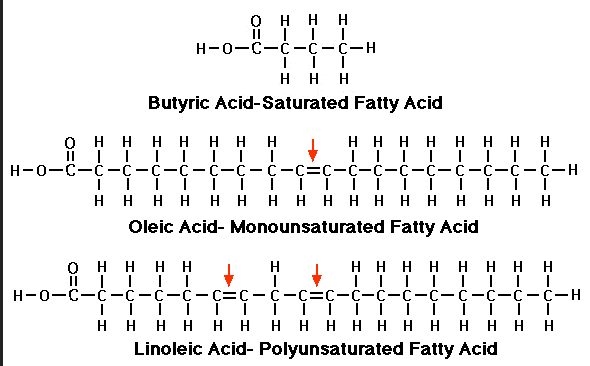@OldDoug That’s an interesting study, though I’m always wary of anything that attacks long-chain saturated fats. I’ve eaten tons of long-chain saturated fats, yet my systemic inflammation (measured by HS-CRP) is (typically – it’s a spiky marker) low. Haven’t measured some of those other markers though. (Only so much money – and time – to test.)
I also rebel at testing fats separately. This is for a “serving” (3 ounces – HA!) of ribeye:

I challenge anyone to figure out what happens to anything (“cholesterol”, inflammation, etc.) based on this. Then toss in actual fatty acid content (e.g., “good” stearic acid as per lowering LDL or “bad” palmitic acid as per raising LDL), and I think we’re in a quagmire.
Then toss in highly-available vitamins and minerals, and stuff we haven’t even considered and know next to nothing about, such as different omega 3/6/9s, CLA, just so much more…, and it’s really not possible to get some number out of that.
Could you look at very narrow definitions of what happens when you eat constituent parts of something? Maybe.
But would that transfer to actual food like a ribeye? I don’t see that it could.
For me, the two foods that make me feel the best: beef; and raw milk. I don’t mind eating other meats/foods, but these are what I come back to all the time.
I KNOW with 100% certainty that beef and its “high” saturated fat is not inflammatory. In fact, I’ve purposely eaten cacao butter, with its really high palmitic acid content, and not only did my LDL go down (though there’s also stearic acid in there), but as far as I could tell, my inflammation did too.

 They might as well add in, “cheap furniture, viruses and Satan” and really cover all the bases.
They might as well add in, “cheap furniture, viruses and Satan” and really cover all the bases.






